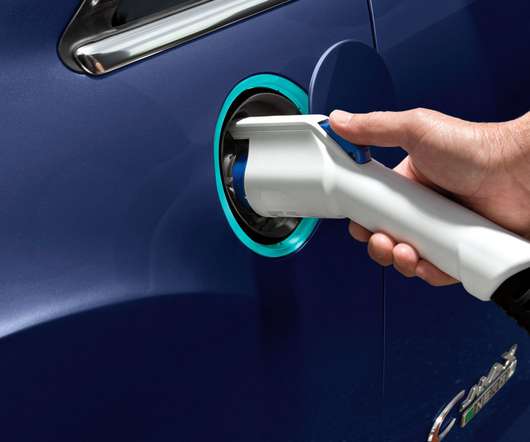Toyota Introduces Hybrid Version of the Auris 2010, Optimal Drive for Gasoline and Diesel Units
Green Car Congress
MARCH 3, 2010
Toyota introduced the Auris Hybrid Synergy Drive (HSD) at the 2010 Geneva motor show, marking a significant milestone in Toyota’s planned deployment of the Hybrid Synergy Drive powertrain across Toyota’s entire model range by early 2020s. L/100km (62 mpg US), with CO 2 emissions of 89 g/km. liter diesel or gasoline hatchback.



















Let's personalize your content